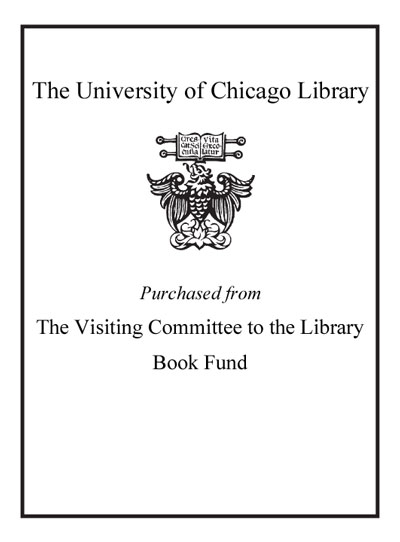Population dynamics and supply systems : a transdisciplinary approach /
Saved in:
| Imprint: | Frankfurt : Campus Verlag, c2008. |
|---|---|
| Description: | x, 294 p. : ill., maps ; 22 cm. |
| Language: | English |
| Subject: | |
| Format: | Print Book |
| URL for this record: | http://pi.lib.uchicago.edu/1001/cat/bib/7545323 |
Table of Contents:
- Preface
- Introduction: Supplying the population as societal and scientific challenge
- Part A. The analytical framework
- 1. The demographic background
- Changes in the discursive scenery
- The growing asynchronal development of global demographic changes
- Demographic transitions
- Impacts of demographic changes on society and environment
- Population dynamics as subject of scientific disciplines
- Demography and the population-environment-nexus
- 2. The central analytical concept: Supply systems
- The basis of sustainable development
- The dynamics of societal relations to nature
- Social-ecological systems
- Conceptual model of supply systems
- Social-ecological problem complexes within supply systems
- Peculiarities of, and linkages between, water and food supply systems
- Social-ecological transformations
- 3. Research object: Interactions between demographic processes and transformations of supply systems
- Demographic factors relevant to supply systems
- Modeling related problems
- Problems related to the dynamics of demographic processes
- Regulation related problems
- Case studies
- Part B. Case studies
- 1. Modeling food supply and demography in prehistoric human populations
- A challenge: Reconstructing prehistoric populations
- Hominins as users in supply systems
- Habitats and resource dynamics
- Early hominins in their habitats
- Hominin migrations
- Conclusions
- 2. Spatial aspects of supply: Migration, water transfer, and IWRM
- The densely populated north of Namibia
- Migration and resource-distant population concentration
- IWRM and its specific spatial conception
- 'Area of alimentation' and 'area of consumption'
- Conclusion
- 3. The world goes urban: Food supply systems and urbanization processes in Africa
- Global hunger and the Malthusian legacy
- The world goes urban: Urbanization processes in the 21st century
- Feeding African cities: Accra as case study
- Conclusions
- 4. Shrinking cities and water supply
- Facets of demographic shrinkage
- Effects of demographic trends on water consumption
- Consequences for water supply-learning from eastern Germany
- Impulses for future decision-making: Uncertainty and adaptability
- Conclusions: Designing infrastructure using the concept of supply systems
- 5. Population changes, water conflicts, and governance in the Middle East
- Resource scarcity, population dynamics and conflict
- Population dynamics the Jordan River Basin
- Water supply systems in the Jordan River Basin
- Potentials and risks of a virtual water strategy
- Conclusion
- Part C. Synthesis
- 1. Synopsis of case study results
- Summary and discussion of case study results
- Demographic changes examined in the case studies and their relevance for supply systems
- Interactions among population dynamics and supply systems
- 2. Building sustainable supply systems: Requirements and prerequisites
- Social-ecological transformation and regulation of supply systems
- Challenges for the future regulation of supply systems
- Adaptivity and regulation capabilities of supply systems
- 3. Conclusions and perspectives
- References
- List of figures and tables
- About the authors

